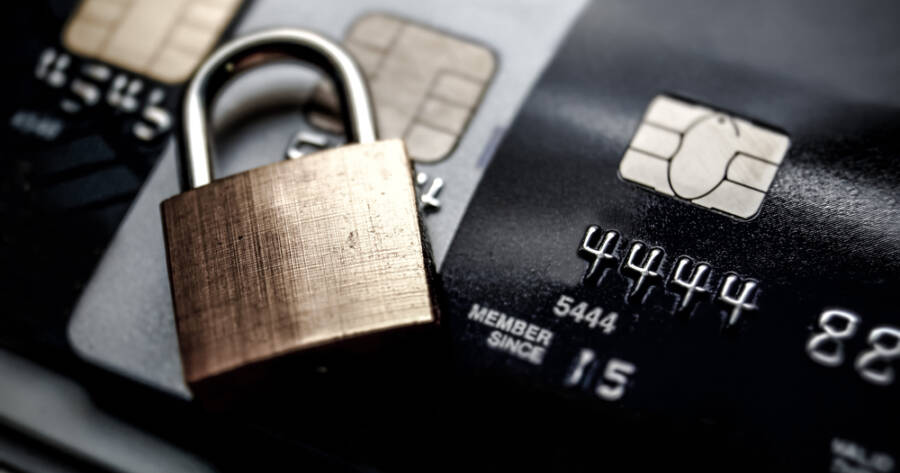In the digital age, online shopping offers the convenience of snagging great deals right from the comfort of home. However, this convenience comes with its own set of challenges, such as the risk of identity theft and fraudulent transactions. As cyber threats become increasingly sophisticated, it’s essential to adopt safe practices to protect your identity while shopping online. Explore strategies to enhance online security, ensuring that you can shop with confidence and peace of mind.
Understanding the Risks of Online Shopping
Online shopping is a convenient gateway to a vast world of products and deals, but it also exposes consumers to potential cybersecurity risks. Threats such as identity theft, phishing scams, and data breaches can compromise personal and financial information.
Identity theft involves unauthorized access to personal data, which can be used to commit fraud or steal funds. Phishing scams manipulate consumers into divulging sensitive information through fraudulent emails or websites. Data breaches can expose customer information, posing risks of financial loss and identity theft.
Recognizing and understanding these risks is the first step toward adopting protective measures, allowing consumers to navigate the online marketplace with foresight and caution.
Choosing Secure Payment Methods
The payment process is a critical point of exposure in online shopping. Opting for secure payment methods can significantly reduce vulnerability to fraud and misuse of personal information.
Credit cards provide an added layer of security compared to debit cards, often featuring purchase protection and fraud detection services. Virtual credit cards or third-party payment services like PayPal add another level of protection by masking your actual card number.
Consumers might consider enabling two-factor authentication for financial accounts, which adds an extra security step by requiring a second form of verification, such as a code sent to your phone. These measures help ensure that even if credentials are compromised, unauthorized access is minimized.
Ensuring Website Legitimacy
Verifying the legitimacy of an online retailer is paramount to securing online transactions. Fraudulent websites can mimic legitimate retailers, deceiving consumers into providing sensitive information.
Before entering personal data, individuals should look for security indicators on a website, such as a padlock symbol or URLs beginning with “https://”, which signifies a secure connection. Researching customer reviews and checking for a physical address and customer service contact can also help verify the authenticity of an online store.
Avoid links from unsolicited emails or advertisements, which could lead to phishing websites. Instead, navigate directly to the retailer’s website using a search engine, reducing exposure to potential scams.
Utilizing Strong Password Practices
Password security is a cornerstone of online safety, safeguarding accounts from unauthorized access. Adopting strong password practices can bolster defenses against potential breaches.
Use unique, complex passwords for each account, incorporating a mix of letters, numbers, and special characters. Avoid reuse of passwords across multiple sites, which could increase vulnerability if one account is compromised.
Password managers offer a practical solution for securely storing and managing complex passwords without the burden of memorization. Regularly updating passwords, especially after known security incidents, is vital for maintaining account integrity.
Staying Informed About Phishing Scams
Phishing scams, wherein attackers attempt to obtain sensitive information by masquerading as trustworthy entities, pose a significant threat to online shoppers. Staying informed about common phishing tactics is crucial to risk reduction.
Be cautious of unsolicited communications requesting personal information, and scrutinize email addresses for discrepancies before clicking on links. Hover over hyperlinks to reveal the actual URL destination and verify its legitimacy.
Any unexpected requests for confidential information should be viewed with skepticism. Reporting suspected phishing attempts to the organization being impersonated and using spam filters can help protect against these scams.
Protecting Personal Devices
Securing personal devices is essential for a holistic approach to online shopping protection. Vulnerable devices can serve as gateways for cyber threats, placing personal data at risk.
Maintaining updated antivirus software and firewalls can defend against malware and unauthorized access. Regularly updating device operating systems and applications patch security vulnerabilities, strengthening defenses against cyber-attacks.
Practice caution when using public Wi-Fi, as data transmitted over unsecured networks may be intercepted. Utilizing a virtual private network (VPN) can encrypt data and provide an additional layer of security when shopping from public locations.
Learn More Today!
Securing your identity while shopping online involves a multifaceted approach, combining awareness, vigilance, and proactive measures. By understanding potential risks, choosing secure payment methods, verifying website legitimacy, and employing strong password practices, consumers can navigate the online marketplace confidently.
Staying informed about phishing scams, protecting personal devices, and employing privacy-enhancing tools contribute to a comprehensive security strategy. As technology evolves, remaining adaptable and informed will empower individuals to enjoy the convenience of online shopping while minimizing exposure to cyber threats and identity theft, ensuring a safer and more rewarding shopping experience.

